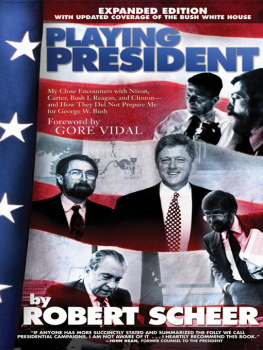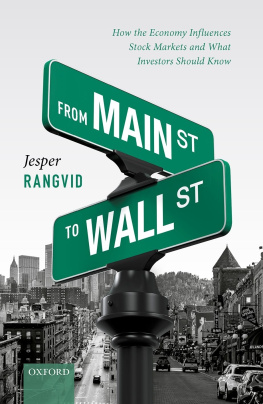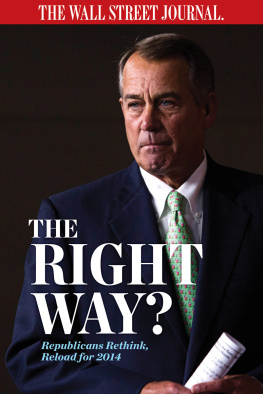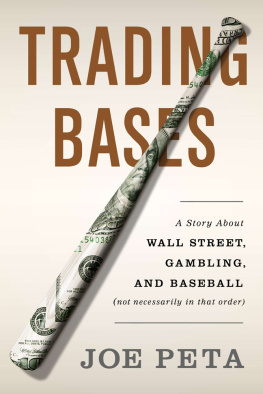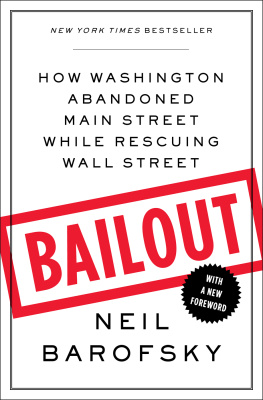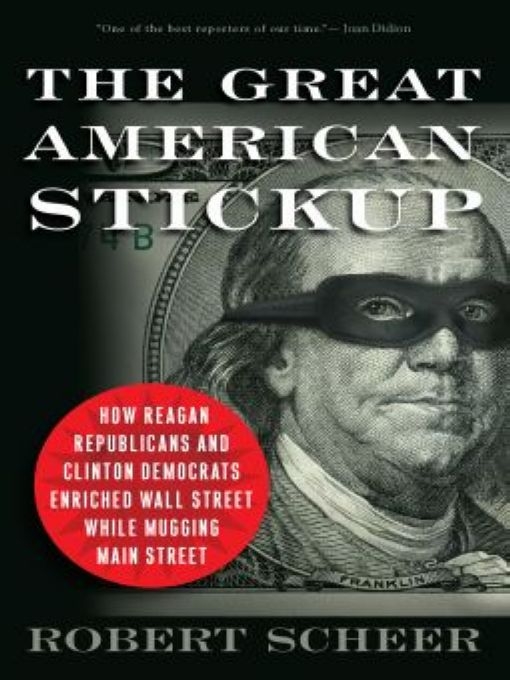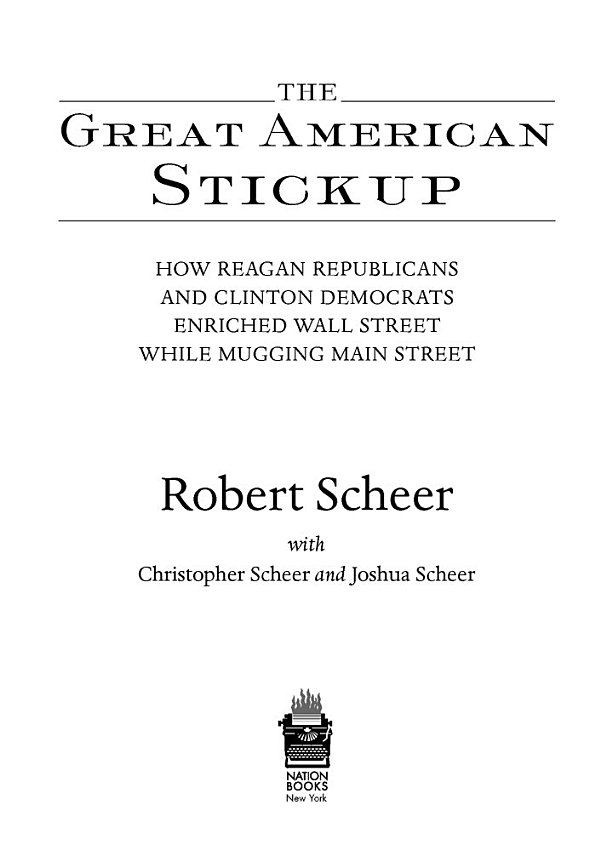Table of Contents
ALSO BY ROBERT SCHEER
The Pornography of Power: How Defense Hawks Hijacked 9/11 and Weakened America
Playing President: My Close Encounters with Nixon, Carter, Bush I, Reagan, and Clintonand How They Did Not Prepare Me for George W. Bush
The Five Biggest Lies Bush Told Us About Iraq (with coauthors Christopher Scheer and Lakshmi Chaudhry)
Thinking Tuna Fish, Talking Death:
Essays on the Pornography of Power
With Enough Shovels: Reagan, Bush and Nuclear War
America After Nixon: The Age of the Multinationals
Cuba: Tragedy in Our Hemisphere
(with coauthor Maurice Zeitlin)
How the United States Got Involved in Vietnam
EDITED BY ROBERT SCHEER
The Cosmetic Surgery Revolution
Eldridge Cleaver: Post-Prison Writings and Speeches by the Author of Soul on Ice
The Diary of Che Guevara
To my wife
NARDA ZACCHINO,
an indispensable coauthor and editor ofeverything I have written for three decades,
and to my son,
PETER
Truthdig.coms managing editor, who led our staff in winning a Webby award while I was off writing this book.
CHAPTER 1
It Was the Economy, Stupid
How did this happen?
PRESIDENT GEORGE W. BUSH
It was a humbling question for someone from the financial sector to be askedafter all, we were the ones responsible.
TREASURY SECRETARY HENRY M. PAULSON JR.,
FORMER GOLDMAN SACHS CEO
They did it.
Yes, there is a they: the captains of finance, their lobbyists, and allies among leading politicians of both parties, who together destroyed an American regulatory system that had been functioning splendidly for most of the six decades since it was enacted in the 1930s.
They will emerge largely unscathedindeed, likely wealthierfrom exploiting the newfound bargains in foreclosed properties and bankrupt businesses that this turmoil provides to those with access to ready cash. And even as they make taxpayers foot the bill for their grievous greed and errors, they are eager to cover their tracks and unwilling to accept responsibility for the damage done.
The big cop-out in much of what has been written about the banking meltdown has been the argument by those most complicit that there was enough blame to go around and that no institution or individual should be singled out for accountability. How could we have known? is the refrain of those who continue to pose as all-knowing experts. Everybody made mistakes, they say.
Nonsense. This was a giant hustle that served the richest of the rich and left the rest of us holding the bag, a life-altering game of musical chairs in which the American public was the one forced out. Worst of all, legislators from both political parties we elect and pay to protect our interests from the pirates who assaulted us instead changed our laws to enable them.
The most pathetic of excuses is the one provided by Robert Rubin, who fathered Rubinomics, the economic policy of President Clintons two-term administration: The economy ran into a perfect storm, a combination of unforeseen but disastrously interrelated events. This rationalization is all too readily accepted by the mass media, which is not surprising, given that it neatly absolves the majority of business reporters and editors who had missed the story for years until it was too late.
The facts are otherwise. It is not conspiratorial but rather accurate to suggest that blame can be assigned to those who consciously developed and implemented a policy of radical financial deregulation that led to a global recession. As President Clintons Treasury secretary, Rubin, the former cochair of Goldman Sachs, led the fight to free the financial markets from regulation and then went on to a $15-million-a-year job with Citigroup, the company that had most energetically lobbied for that deregulation. He should remember the line from the old cartoon strip Pogo: We have met the enemy and he is us.
For it was this Wall Street and Democratic Party darling, along with his clique of economist super-friendsAlan Greenspan, Lawrence Summers, and a few otherswho inflated a giant real estate bubble by purposely not regulating the derivatives market, resulting in oceans of money that was poured into bad loans sold as safe investments. In the process, they not only caused an avalanche of pain and misery when the bubble inevitably burst but also shredded the good reputation of the American banking system nurtured since the Great Depression.
This book aims to describe how and why this was done, as well as who tried to stop it and why they failed, because if we accept a broad dispersal of blame or a sense of inevitabilityor simply ignore the details, since they can be so confusingwe lose the opportunity to rearrange our institutions to prevent such disasters from happening again.
That this is true was only reinforced by the tentative response of the Obama administration in its first year. Even after a crash that economists agree is the biggest since the granddaddy of 1929, the presidents proposed reform legislation stops far short of reintroducing the kind of regulation of the markets that prevented such disasters in the intervening eighty years. We still see a persistent fear, stoked by the same folks who led us into this abyss, that regulation and scrutiny will kill the golden goose of Wall Street profits and, by extension, U.S. prosperity.
If we as a people learn anything from this crash, however, it should be that there are no adults watching the store, only a tiny elite of self-interested multimillionaires and billionaires making decisions for the rest of us. As long as we cede that power to them, we can expect to continue getting bilked.
Three key myths consistently propagated about the financial markets proved devastating in this event. The first is that buyers and sellers are all logical and well-informed about what they are doing, so the markets will always be corrected to provide accurate price values. The second is that whatever happens in these free markets, the general public will not be hurtonly irresponsible gamblers will lose their shirts. The third is that whenever the government gets involved, it will only screw things up; even if regulators only ask questions, it will poison the pond and spook the fish, to everybodys detriment.
As we will see in the following chapters, all of these assumptions were proven false; the brave new world order of super-rational high-tech derivative marketing based on Nobel Prize-winning mathematical models turned out to be a prescription for financial madness. A win-win system too good to be true turned out to be a cruel hoax in which most suffered terriblyand not just that majority of the worlds population that suffers from the whims of the market, but even some who designed and sold the new financial gimmicks. Left to their own devices, freed of rational regulatory restraint by an army of lobbyists and the politicians who serve them, one after another of the very top financial conglomerates imploded from the weight of their uncontrolled greed. Or would have imploded, as in the examples of Citigroup and AIG, if the government had not used taxpayer dollars to bail out those too big to fail conglomerates.


